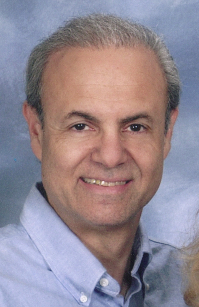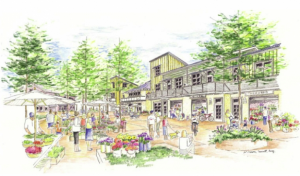After 3 years of working to bring PACE to New Jersey, and close to a real launch, we have scheduled The New Jersey PACE Summit – the first of its kind event for PACE in NJ. We are seeking Founding Sponsorships and Event Sponsorships, a schedule of which you can view at NJPACE-Sponsorship.
From the Sponsors’ perspectives, they’re passionate about being able to award dollars for something they believe in and want to support, while gaining recognition and acknowledgement far beyond what they could get through paid advertising.
Our goal in recognizing our Sponsors is therefore to convey something significant about them, and about their support for us.
 Our first Founding Sponsor is an out-of-state company — MSL Group — that’s been doing PACE projects in other states. It’s ironic, perhaps, that no local company or firm would jump into the water as a Founding Sponsor. But it’s an indication of what energy services firms who are operating in states where PACE is thriving, know, that NJ firms don’t yet know: that PACE is actually as good as it sounds, for every stakeholder.
Our first Founding Sponsor is an out-of-state company — MSL Group — that’s been doing PACE projects in other states. It’s ironic, perhaps, that no local company or firm would jump into the water as a Founding Sponsor. But it’s an indication of what energy services firms who are operating in states where PACE is thriving, know, that NJ firms don’t yet know: that PACE is actually as good as it sounds, for every stakeholder.


 While we’re working hard on what we expect to be an avalanche of
While we’re working hard on what we expect to be an avalanche of 

